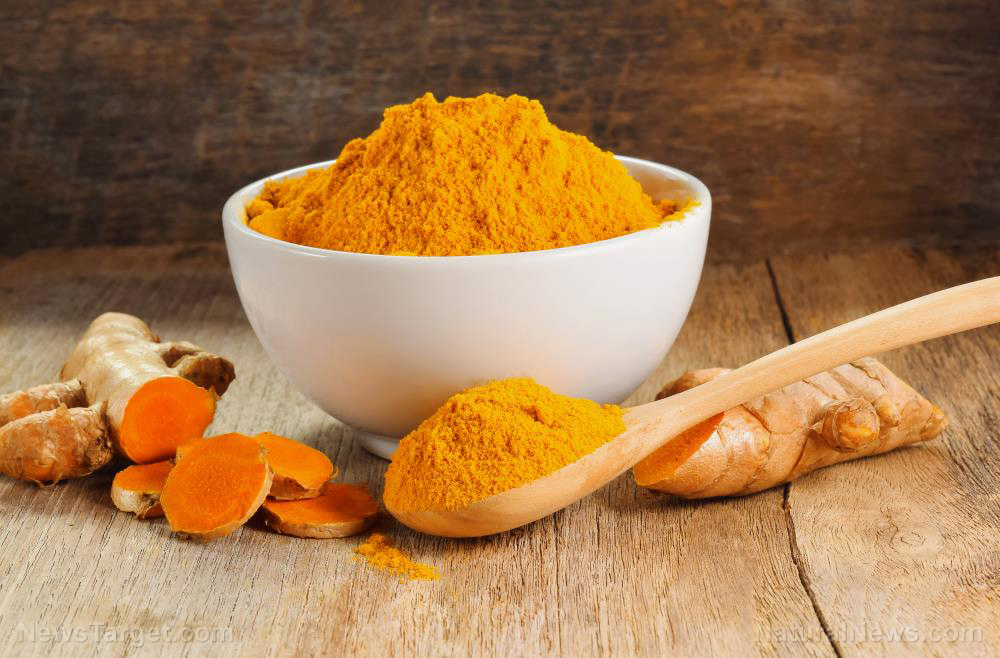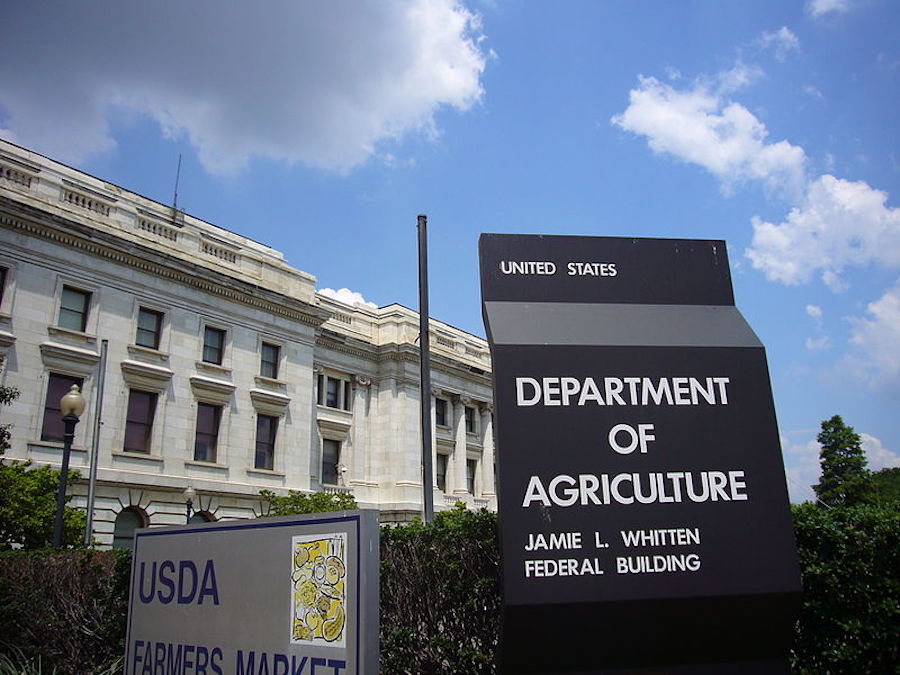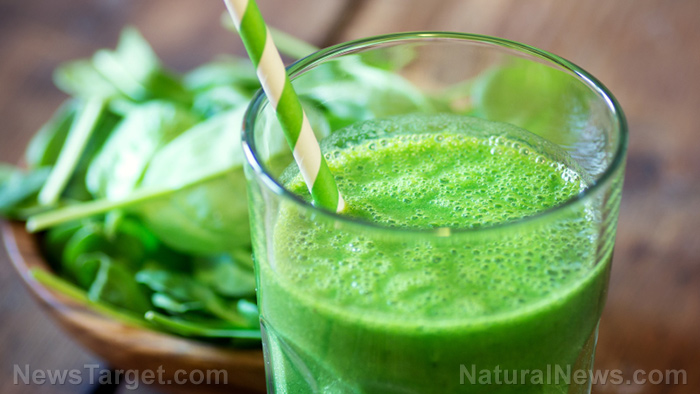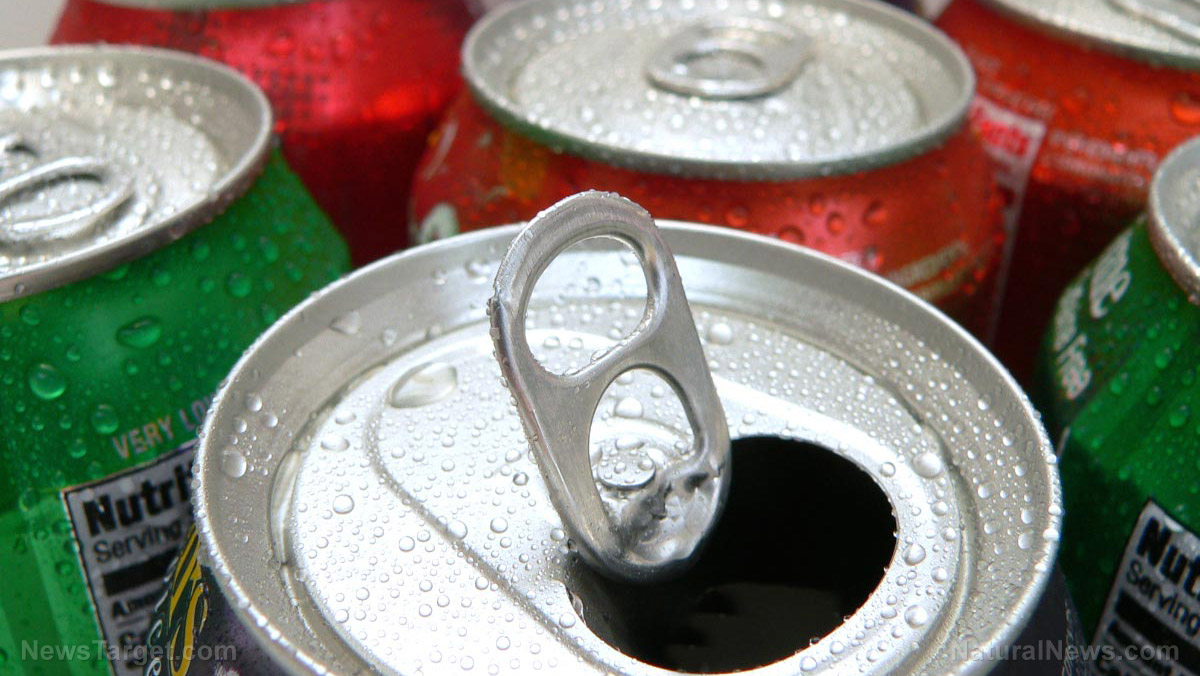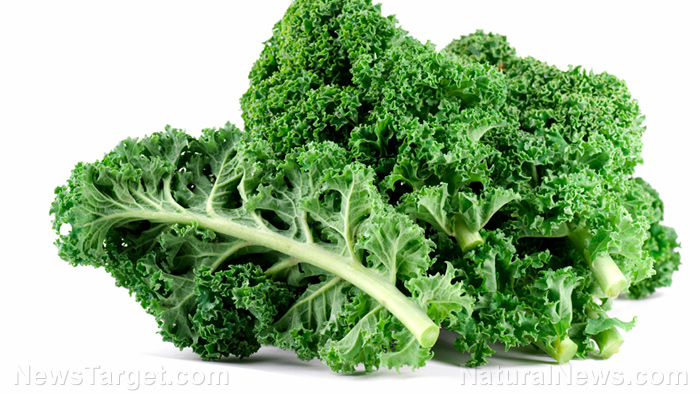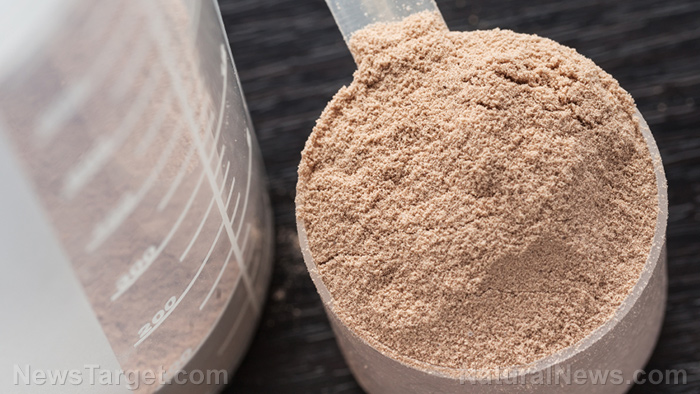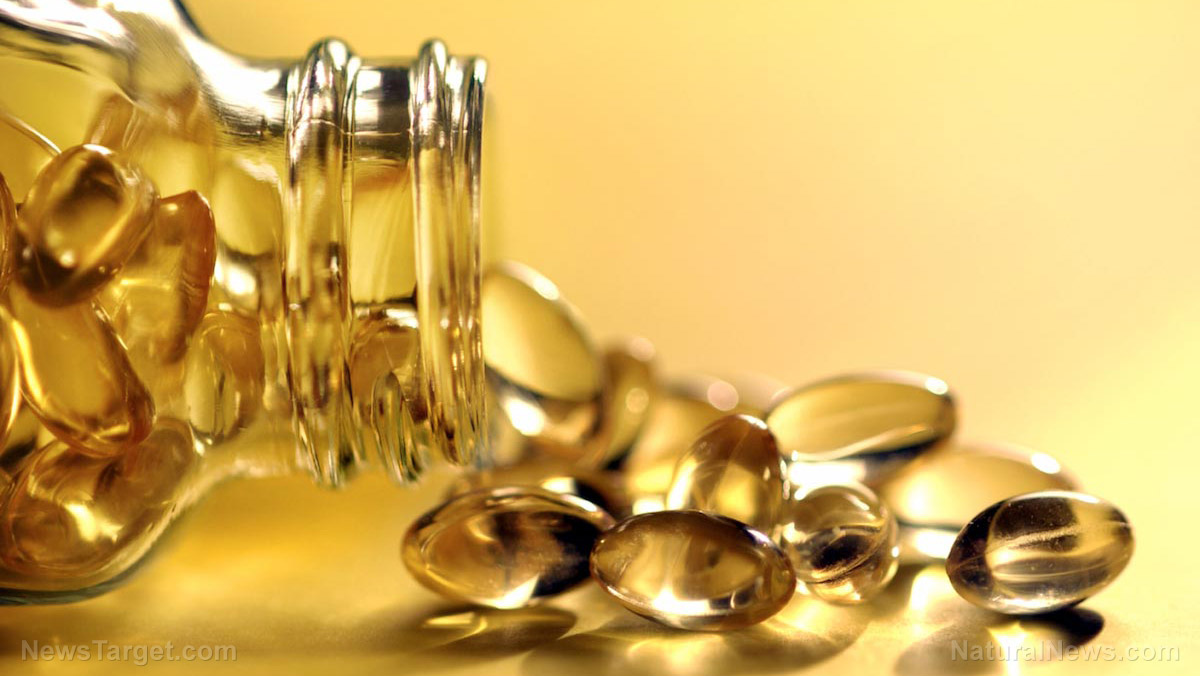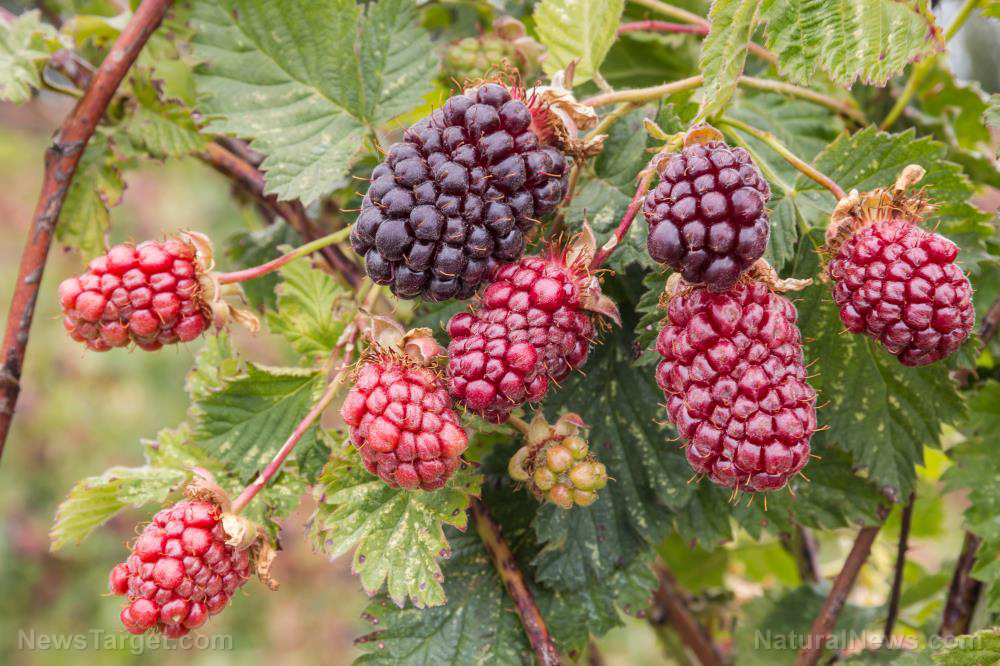Not all decorative food glitters are safe to eat, warn health officials
03/20/2019 / By Zoey Sky

Kids love shiny things, and edible glitter seems like the best way to make a birthday cake prettier and more fun to eat. However, the U.S. Food and Drug Administration (FDA) warns that not all kinds of decorative food glitter and dust are safe for consumption.
On December 2018, the FDA warned consumers that while manufacturers claim that their decorative glitter and dust can be safely used to decorate food, the products may actually contain ingredients that shouldn’t be eaten.
According to the FDA, edible glitters and dust products are required by law to list their ingredients. These edible ingredients will often include:
- Acacia gum (also called gum acacia or gum arabic)
- Cornstarch
- Maltodextrin
- Sugar
The FDA reported that edible glitter also contains color additives specifically approved for food use, like mica-based pearlescent pigments.
The maltodextrin in food glitter is a white powder made from corn, potato starch, rice, or wheat. However, while maltodextrin is made from natural ingredients, the final product is highly processed. After the starches are cooked, acids or enzymes like heat-stable bacterial alpha-amylase are added to break it down further. The resulting white powder is water-soluble and has a neutral taste.
Take note that maltodextrin is high on the glycemic index (GI). This means that it can cause a spike in your blood sugar very quickly, especially when consumed in large amounts. Avoid foods that contain this additive, especially if you have diabetes.
Maltodextrin is also linked to weight gain because it is a sweetener and a carbohydrate with no nutritional value. The levels of sugar in maltodextrin can lead to weight gain. Since maltodextrin is often used as a cheap thickener or filler, it is usually made from genetically modified (GMO) corn.
Edible doesn’t always mean safe
The FDA also warned that consumers must pay attention to labels on food products. Most edible glitters and dusts will say “edible” on the label. But products labeled “non-toxic” and without an ingredients list, like non-toxic craft glitter, should never be eaten, added the FDA. (Related: Are You Giving Your Child a Daily Dose of Toxins?)
If you use non-edible products as food decor, always remove these decorations before serving and eating the food, advised the FDA.
Dr. Zhaoping Li, professor of medicine and chief of the Division of Clinical Nutrition at University of California, Los Angeles (UCLA) suggested that even though the sparkly product is safe to eat, it is better to exercise caution when it comes to consuming items made with edible glitter. She concluded, “Our body can only take care of it if we only consume things like glitter foods once a while…in small amounts.”
Natural non-toxic alternatives to edible glitter
If you wish to use safer and non-toxic alternatives to edible glitter, consider using edible flowers as food decor. Edible flowers aren’t just beautiful, they also taste delicious.
Do take note that you should only use organic flowers that haven’t been sprayed with pesticides or other chemicals. Purchase edible flowers from your local produce store or from reputable online sources.
Before cooking with or serving edible flowers, clean them by gently washing the flowers in a large bowl of cold water. Let the flowers air-dry on a paper towel, then use them immediately or store them in the refrigerator for at least one week in an airtight container lined with a damp paper towel.
Below is a list of beautiful and tasty edible flowers that you can use as garnish.
- Borage blossoms – Borage blossoms are the blue, star-shaped flowers of Borago officinalis. The flowers, which taste like cucumber, are often used in refreshing salads. You can also add them in lemonades or cocktails.
- Lavender – Lavender tastes sweet, and the slightly perfumed-tasting buds work well when added to champagne and cocktails or sprinkled over desserts such as chocolate cake.
- Roses – Despite their strong floral scent, roses have a subtle and fruity flavor. Roses are versatile, and you can add them to salads, soups, and teas. Roses also work well when added to desserts or jams.
- Violets – Violets come in various pastel and vibrant colors and they have a sweet and floral taste. Add violets to iced drinks or salads. You can also use crystallized violets to decorate frosted cakes and other desserts.
Avoid using edible glitter to limit your exposure to toxic ingredients. Use safer and natural alternatives like edible flowers as food decor instead.
Sources include:
Tagged Under: , baking, desserts, edible dust, edible glitter, FDA, food decorations, food products, food safety, ingredients, toxic food, toxic ingredients, toxins




